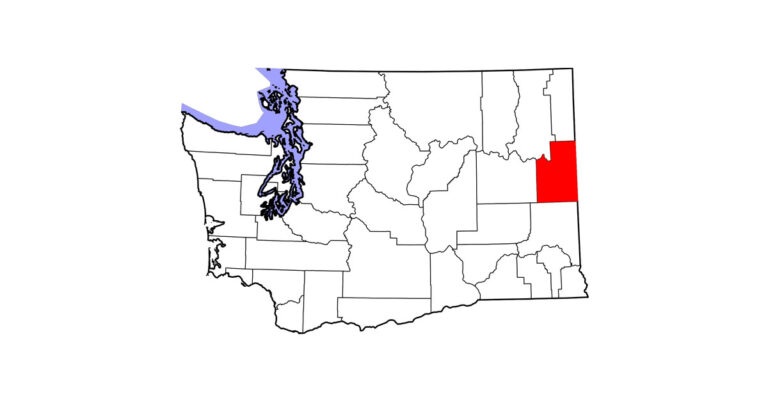 A recent study shows that horses on high-grain rations spent more time being alert for signs of danger than those on an all-hay diet. | © Dusty Perin
A recent study shows that horses on high-grain rations spent more time being alert for signs of danger than those on an all-hay diet. | © Dusty PerinA diet high in grain can make a horse hyper, it’s widely thought. But why? New research points to a surprising link between behavior and changes in the gut microbiome, the community of microbes living in the intestine of the horse.
Microbes in the hindgut (the cecum and large intestine) help horses digest fibrous plant materials like cellulose, which make up a large part of their natural diet. The microbes ferment the fibrous material, breaking it down into sugar (glucose) and volatile fatty acids, which are the primary fuel for most body tissues. But scientists are just beginning to learn about the many other ways they affect equine health.
Researchers at the French agricultural institute AgroSup Dijon carried out a study to see not only how a change in diet would affect the gut microbiome but also whether those effects were associated with changes in equine behavior. The six horses in the study were switched from an all-hay diet to a high-grain diet (57 percent hay and 43 percent barley), and the researchers analyzed microbes from the horses’ hindguts on both diets. The diet switch was made gradually over five days to avoid the sort of sudden intestinal disruption that can lead to colic and diarrhea. Still, the high-grain diet triggered significant changes in the microbe community, including increases in types associated with hindgut acidosis. (Acidosis—basically, increased acidity in the large intestine—can be the first step on the path to more serious intestinal disorders.)
To assess behavior, the researchers recorded 18-hour continuous videos of the horses before and after the feed change to measure the time they spent lying down, resting, feeding and being alert for signs of danger (vigilant). They also tested the horses’ reactions to unfamiliar objects by placing a novel object near a feeder in a test arena and to the presence of an unfamiliar horse in an adjoining stall. On the high-grain ration, horses spent more time being vigilant—and the change in their behavior correlated with the changes in their gut bacteria.
The results confirm that diet-related changes in the hindgut microbiome are linked to changes in behavior. By implication, the study authors write, “Behavioral cues may be used as noninvasive indicators of alimentary stress.” So if your once-mellow horse turns hyper, you might look in his feed bucket for the cause.
HIGH-TECH IMAGING
A new state-of-the-art imaging system at the University of Pennsylvania’s New Bolton Center promises to let veterinarians peer deep within a horse’s body in ways not possible until now. Scheduled for installation early this year, the system can capture images of practically any part of the horse’s anatomy. And it can be used while the horse is standing—or even moving on a treadmill.
High-tech imaging methods like computed tomography have become essential tools for veterinarians, but a practical obstacle has kept horses from getting all the benefits. A horse’s body simply won’t fit into the opening of a traditional CT scanner, so the device can be used to image only parts that do—the head, a portion of the neck and lower limbs. And while some CT systems can obtain images of the head and upper neck with the horse awake and standing, “General anesthesia is still required to image the limbs,” says JoAnn Slack, DVM, associate professor of cardiology and ultrasound at New Bolton.
The new system, which has the trade name Equimagine™, gets around that problem by using four industrial robots to manipulate the X-ray equipment. The robots are positioned around the horse to create an open, flexible scanning structure. “Most horses will need to be sedated in order to stand still for the procedure. However, general anesthesia will not be required in most cases,” says Dr. Slack, who will manage clinical diagnostic use.
The open structure will let veterinarians get detailed views of hard-to-image sites like the back, neck, pelvis and upper limbs and to see bones, joints and tendons in weight-bearing positions. Besides CT scans, the system can perform tomosynthesis, in which images taken from multiple angles are used to construct computerized three-dimensional views. Its high-speed radiographic camera can operate at up to 16,000 frames per second.
New Bolton is the first equine clinic to use the Equimagine™ system. It was designed in cooperation with Four Dimensional Digital Imaging, a New York company that originally developed the technology for human medicine. The “fourth dimension” in this case is time, Dr. Slack says, and refers to fluoroscopy, another capability of the system. Fluoroscopy sends a continuous stream of data to a monitor, producing a 3D video image that changes over time. Used with a treadmill, this will let veterinarians view internal structures while the horse is in motion.
The ability to obtain high-resolution CT images without general anesthesia, to image body parts that don’t fit into a traditional CT gantry and to capture dynamic images of the moving horse are major benefits, Dr. Slack says. They will make the system valuable for research and teaching as well as clinical use.
—Elaine Pascoe
This article originally appeared in the February 2016 issue of Practical Horseman.










